Nostalgic Trip to a Beloved Tokyo Neighborhood
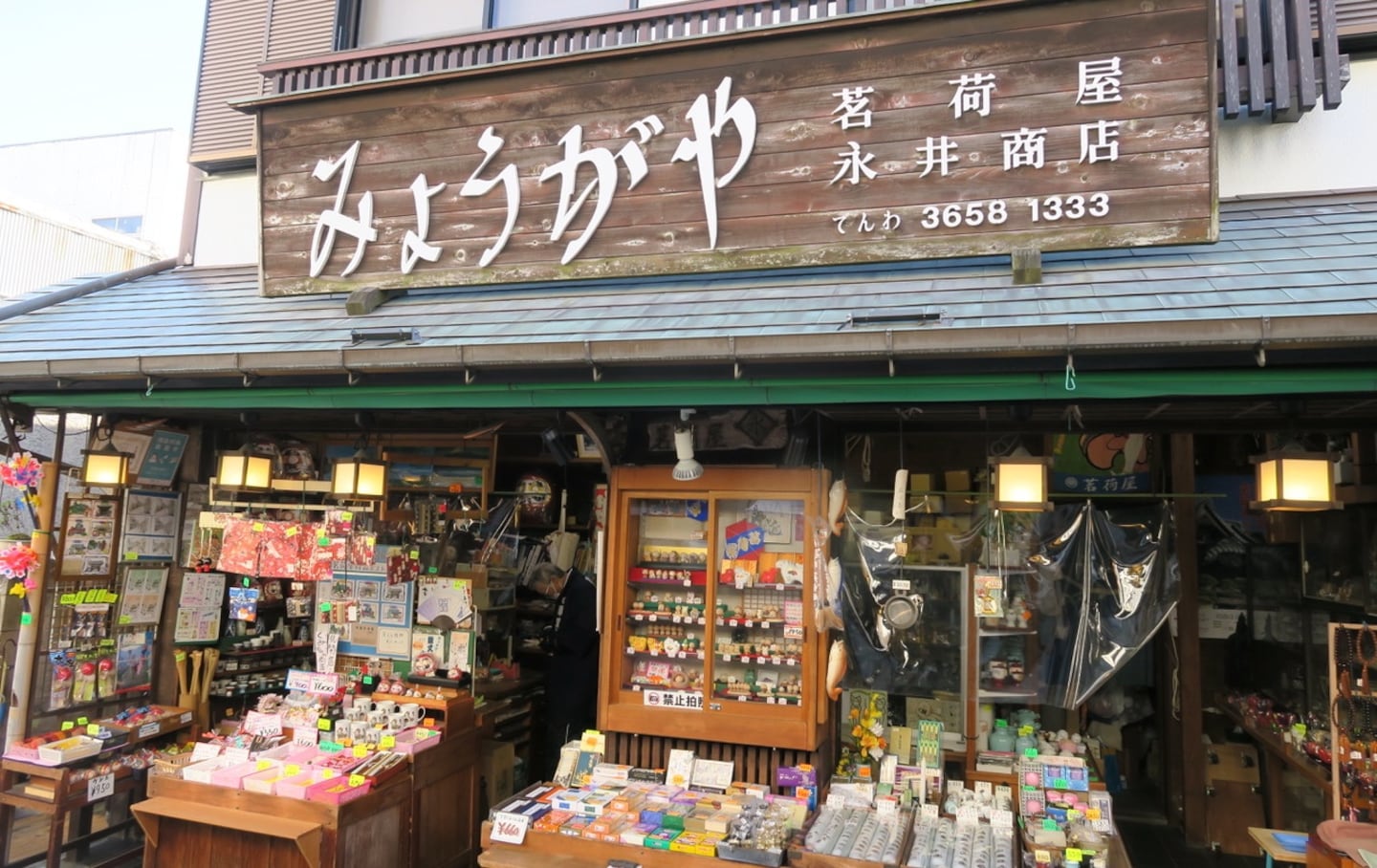
The Guiness World Record for the number of films made of one series is held by the Japanese series Otoko wa Tsurai Yo! (It’s Tough Being a Man). Between 1969 when the first installment was made, and 1995, when it ended, 48 films bearing that title were made.
By Mark SchreiberThe Guinness World Record-setting "Tora-san" Film Series
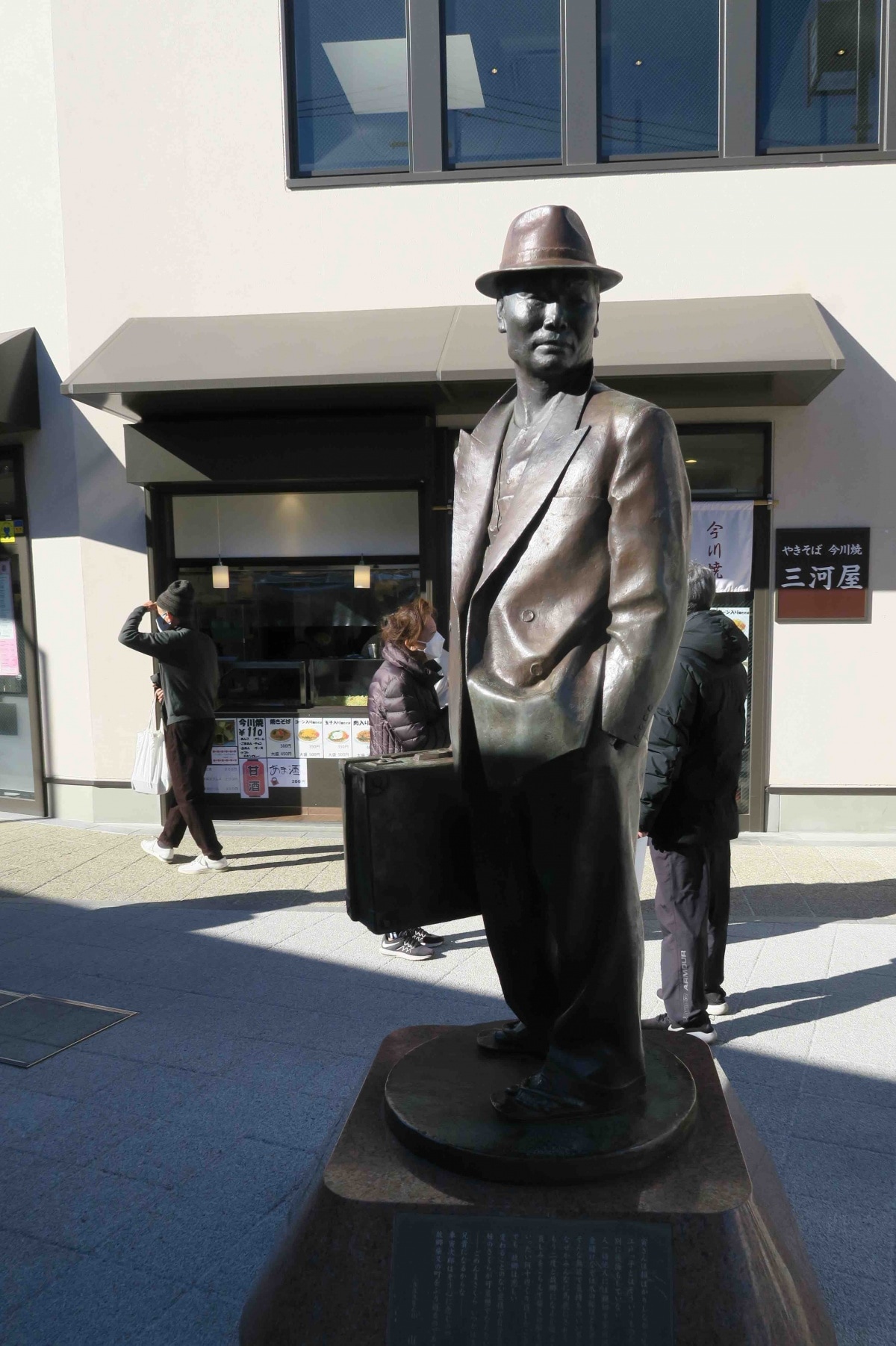
The first thing you'll see when you exit the station is a life-size bronze statue of the iconic "Tora-san" atop a pedestal.
The series, distributed by Shochiku studios, starred veteran actor Kiyoshi Atsumi in the lead role as Tora-san, the black sheep of the Kuruma family, a happy-go-lucky vagabond and perennial failure in business and romance.
But the series is equally famous for putting Shibamata, a neighborhood in northeastern Tokyo's Katsushika Ward, on the tourist map. Half a century after the first film, Shibamata is endeared in the hearts and minds of millions of Japanese moviegoers, whether they have visited there or not.
It's certainly not obligatory to be a fan of Tora-san films to enjoy Shibamata: If anything, it was the area's traditional charms that enhanced the films’ success. Today people flock there to pray at its famous old temple, enjoy a meal, as well as to indulge in their thirst for nostalgic reminders of simpler times.
"The signage and buildings have been preserved much as they appeared about 100 years ago, with no neon signs or electric cables to spoil the landscape."
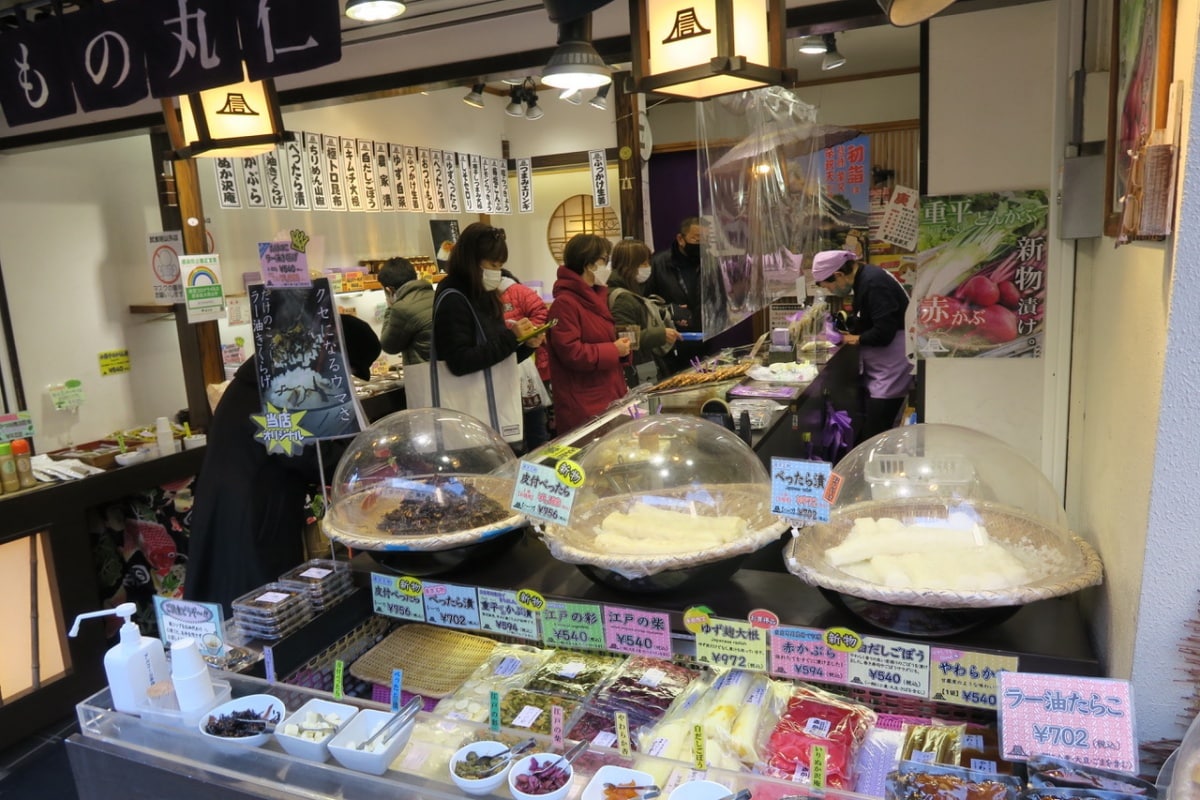
Most of the neighborhood shops sell food and other goods made on the premises.
From the station, you approach the sando (promenade) leading to the Shibamata Taishakuten temple. The street is wonderfully photogenic, as the signage and buildings have been preserved much as they appeared about 100 years ago, with no neon signs or electric cables to spoil the landscape.
The local merchants' association lists 27 stores that sell souvenirs, handicrafts and bric-a-brac; seven shops specializing in Buddhist items such as prayer beads, incense burners, and religious icons; and 16 food service establishments.
Many of the food items for sale are produced on the spot in kitchens behind the sales counters. They include sembei rice crackers and dango dumplings made of glutenous rice, usually with a sweet filling. Also sold are varieties of traditional vegetable and seaweed condiments.
One of the oldest shops, Funabashiya, offers a variety of traditional confections like kuzumochi, a local favorite, and has been in business on the same location since 1805. Kawachiya restaurant's specialty is unaju, grilled marinated eel filets served in a lacquered box over rice. And Monzen Toraya serves noodles and hot meals, as well as carry-home dumplings of mochi (glutinous rice) with sweet bean jam filling.
A Temple’s Serene Garden and Buddhist Art
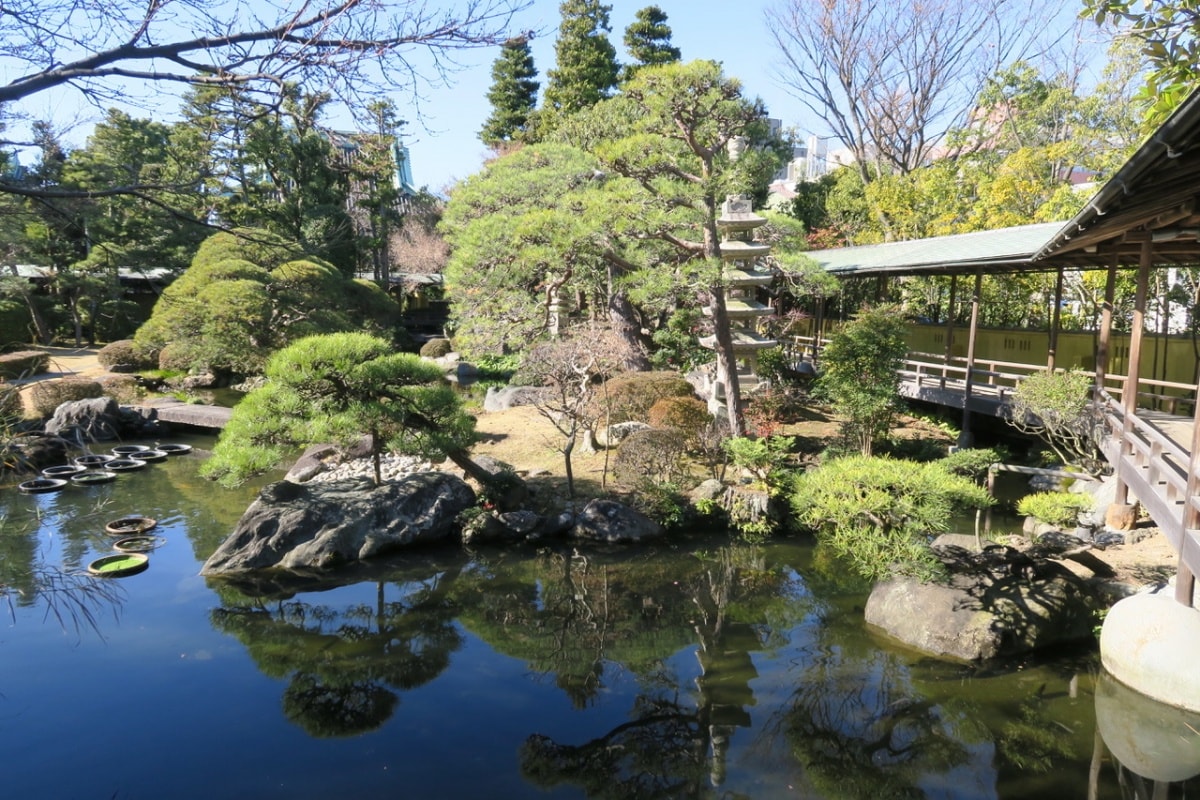
At the end of the promenade is the main gate of the Daikyo-ji temple, which clearly maintains a symbiotic relationship with shops leading up to its gate. More familiarly known as Shibamata Taishakuten, this temple of the Nichiren Buddhist sect was founded in 1629.
Take off your shoes and pay the ¥400 yen entrance fee to stroll through the the temple's guesthouse and garden via a covered, carpeted walkway. (The doors to the rooms are kept open to afford a view of the decorations inside.) Follow the route as it meanders through a serene garden with stone lanterns, a pond and meticulously trimmed pine trees. From there you cross to the back of the Taishakuten's main hall where you can see the carved wooden wall panels on the exterior and inside, an impressive collection of Buddhist art.
Shibamata Taishakuten
7-10-3 Shibamata
Katsushika
Tokyo 125-0052
Phone: 03-3657-2886
Hours: 09:00 to 17:00
Website: taishakuten.or.jp
Lives of the Rich and Famous
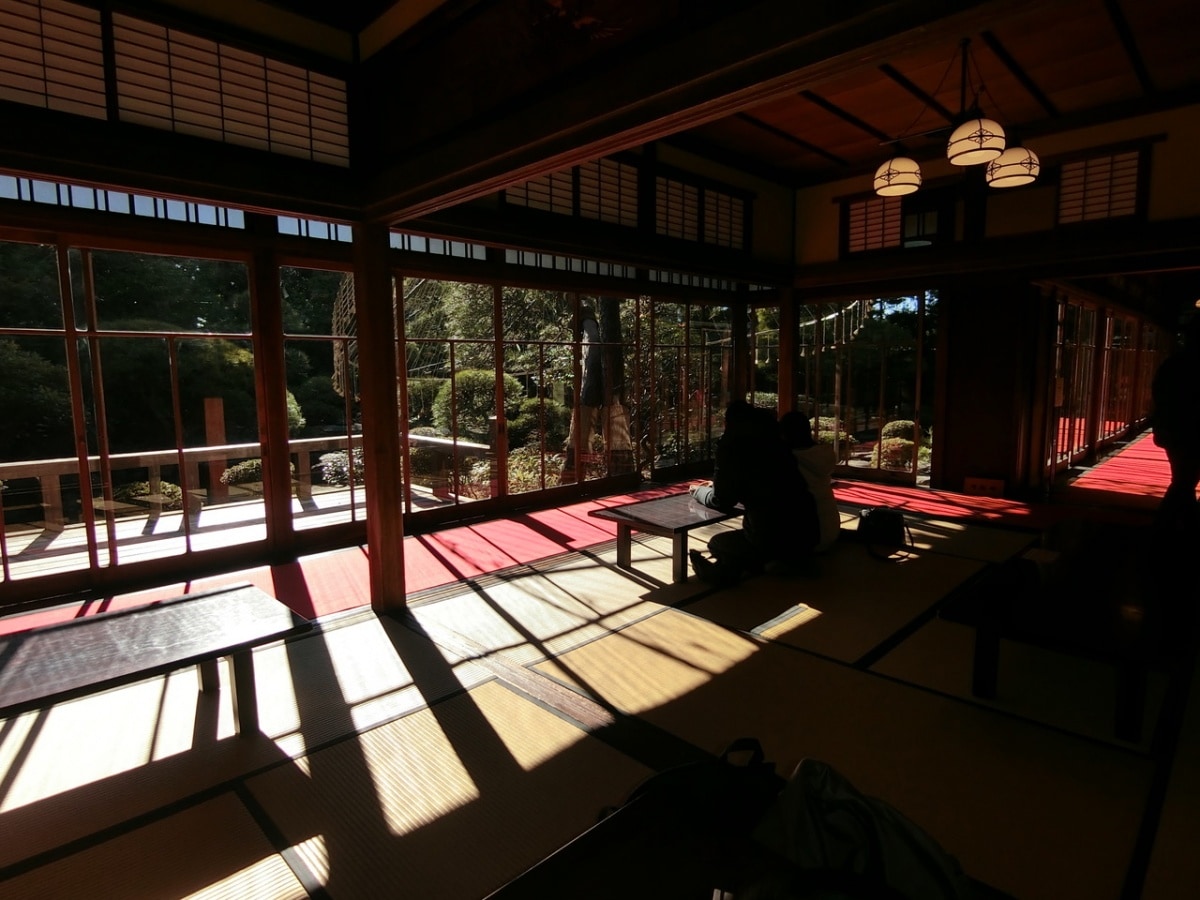
The interior of the former private residence, Yamamoto-tea, looking out toward the garden.
After leaving the temple, spend a half hour or so relaxing at Yamamoto-tei, which is located close behind the Taishakuten. Turn left when exiting the temple's main gate and turn left again at the first corner. Then walk straight for about 100 meters until you come to a small gate.
After the Great Kanto Earthquake in 1923, businessman Einosuke Yamamoto, owner of a company that manufactured precision parts for cameras, relocated here and spent several years renovating the house and garden.
Along with several tatami rooms, the building’s sole Western-style receiving room shows how wealthy people of the period would adopt “mixed” interiors in their residences, which were gradually introduced to Japan from the 19th century onwards.
For just ¥100 you can enter Yamamoto-tei and stroll inside the house (access to the garden area outside is free), but for an very affordable ¥600-700, you can select a beverage and Japanese-style confection (several choices are offered). This allows you to relax at a low table and look out on the south-facing engawa (porch) and garden. For those who find prolonged sitting on tatami mats uncomfortable, Yamamoto-tei provides low chairs.
Yamamoto-tei
7-19-32 Shibamata
Katsushika City
Tokyo
Telephone: 03-3657-8577
Hours: 9:00am to 5:00pm.
Website (English): https://www.katsushika-kanko.com/yamamoto/eng/
Cinema History at the Tora-san Museum
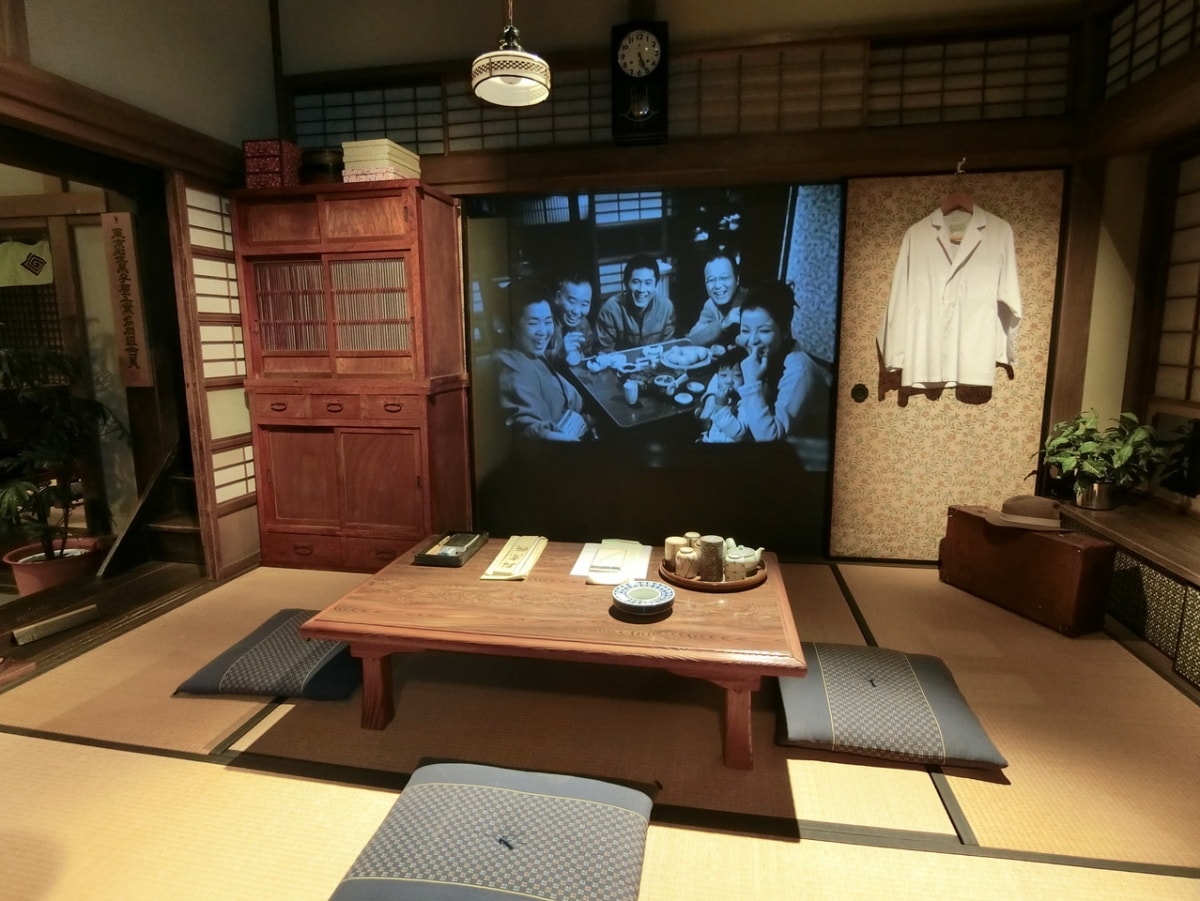
The set from the film series, where the family would gather around the low table in the tatami room.
One store you won't find on the shopping promenade—since it’s entirely fictitious—is Kurumaya, the dumpling shop operated by Tora-san’s family in the film series. For that, you have to go to the Tora-san Museum (Tora-san Kinenkan. To get there, exit the main gate of Yamamoto-tei and when you cross a road at the foot of the raised levees of the Edogawa River, and follow it along to the right to the first intersection. Turn left, and you'll see the museum entrance on your left.
The total of 48 films that were produced, mostly directed by Yoji Yamamoto, is an impressive figure if you consider it's nearly double the number of James Bond films produced from 1962 to the present (27). And although Agent 007 was portrayed in films by at least half a dozen actors, the role of Tora-san became so associated with Kiyoshi Atsumi (1928-1996) that his death essentially concluded the series.
The museum is highly photogenic since it features furnishings transplanted directly from the original movie sets, including the Kuruma-ya shop, a kitchen, living room and neighborhood print shop, which together present the Tokyo shitamachi lifestyle of the 1960s. Several installed monitors play back a selection of scenes from the series.
Another section of the Tora-san Museum reproduces the old Shibamata shopping street in a row of dollhouses, and --- representing an even earlier era --- a model of the neighborhood in the late 19th century when it was served not by an electric tram, but by human-powered streetcar.
Tora-san Museum
6-22-19 Shibamata
Katsushika
Tokyo 125-0052
Phone: 03-3657-3455
Hours: 9:00 to 17:00
Admission: ¥500, ¥400 for seniors (over 65) and ¥300 for juveniles and students.
Website: https://www.katsushika-kanko.com/tora/
Getting There
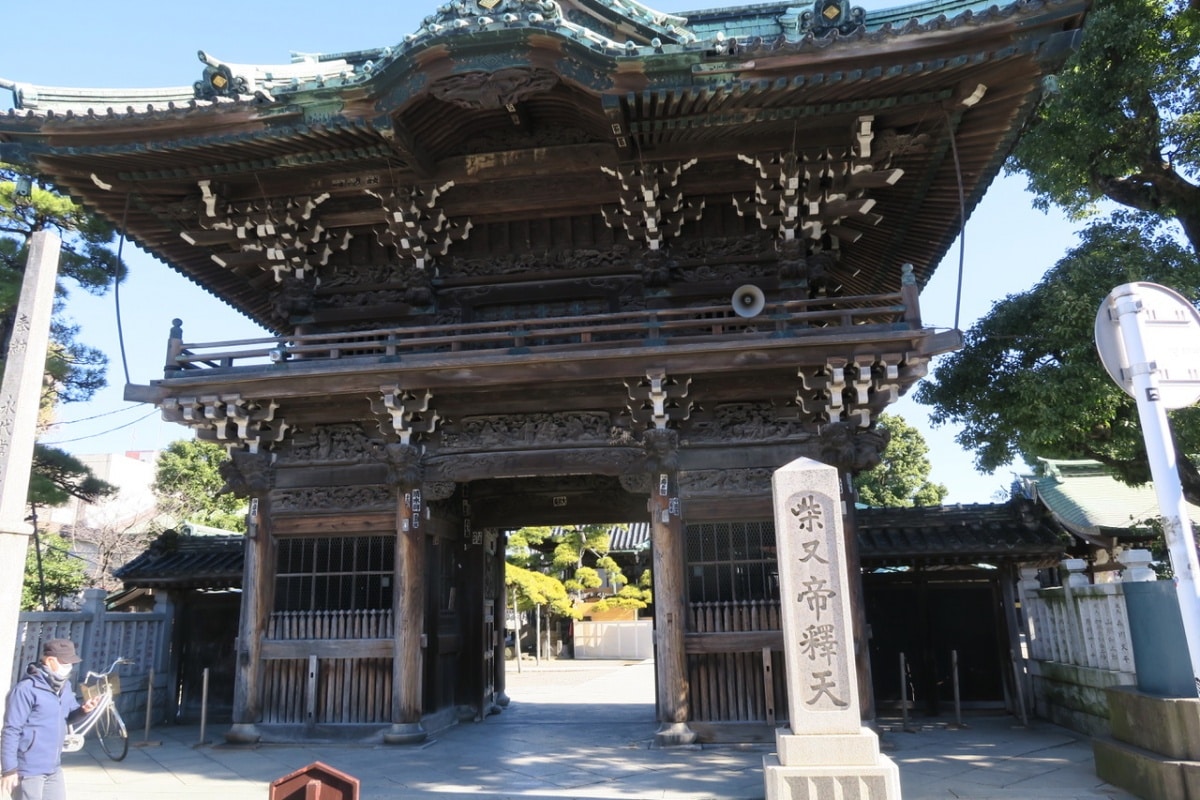
The main gate of the temple, Shibamata Tashakuten
From the center of Tokyo, take either the Chiyoda subway line to Kanamachi or the Asakusa subway line to Takasago. Depending on where you board, travel time will range from 30 to 45 minutes.



